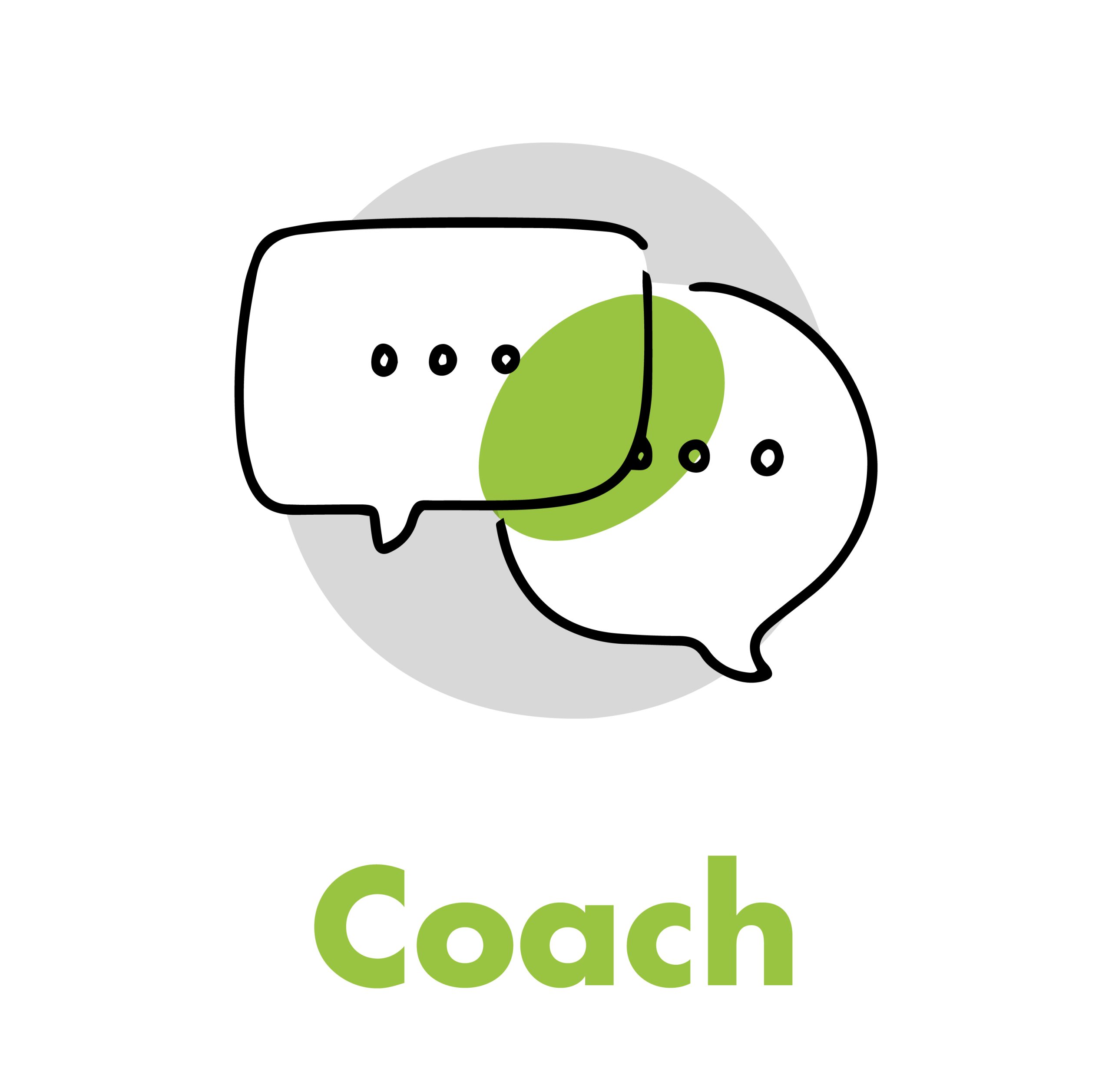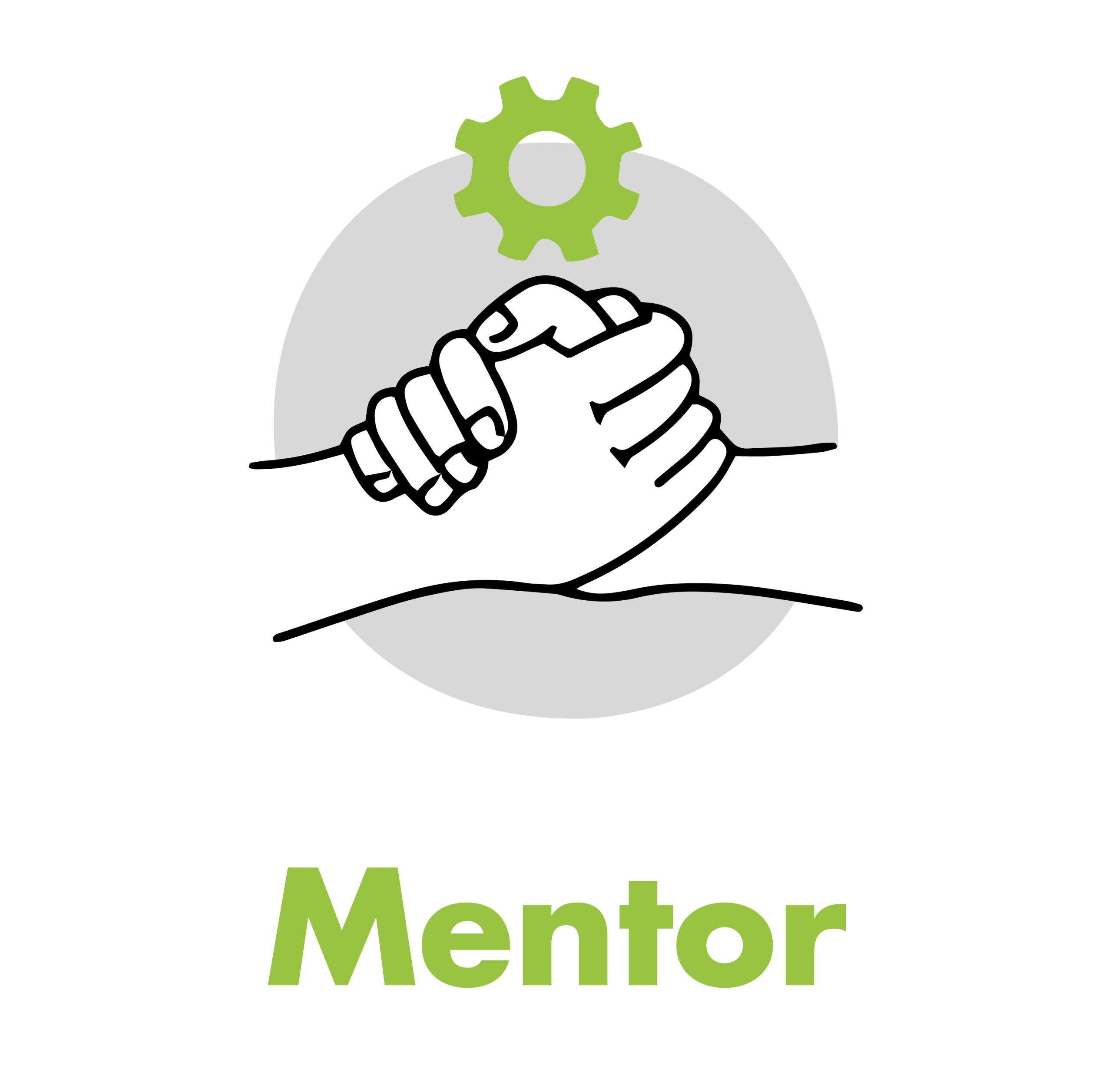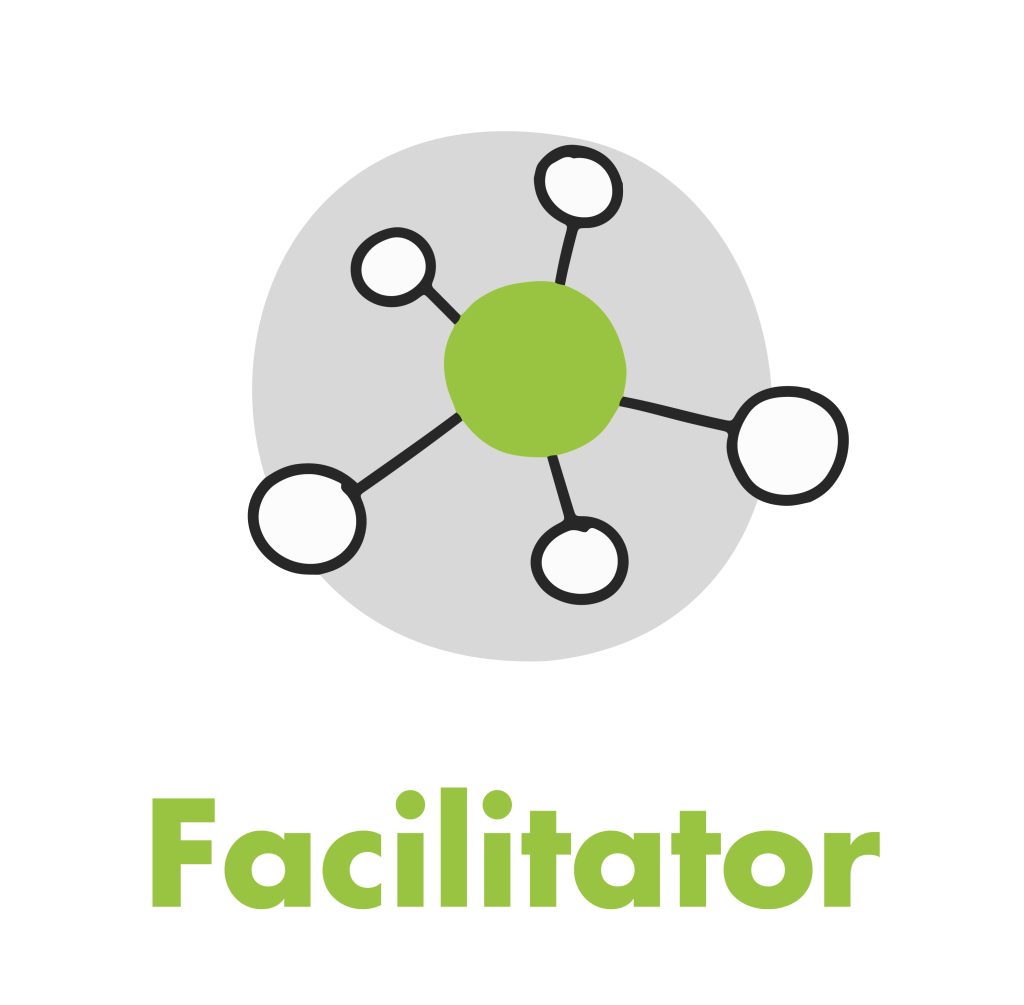Do’s & Don’t. Tips for a First Time Agile Coach-EN
Beatriz Merodio Yagüe

This phrase by Richard Buckminster Fuller encapsulates the essence of the work of an agile coach involved in an agile transformation of a company. Changing the dynamics of an organization, its processes, and behavior patterns is a difficult task to achieve by fighting with the reality of the organization; it is necessary to build a new model which replaces the current one through gradual changes and co-created with the organization itself.
To do this job, an agile coach needs to move through the roles of coach, mentor, teacher, and facilitator, depending on the needs of the teams and the organization; in turn, they must have technical, business, transformation, and Lean-Agile knowledge.

One of the principal roles is that of the coach, whose objective is to maximize the levels of awareness, empowerment, and responsibility of the professionals involved in a non-directive, creative, reflective process based on trusting relationships.

As a mentor, an agile coach will share their experience and discuss similar situations while motivating and persuading teams and leaders to apply what they have learned within the framework of continuous improvement, enabling individuals and teams to make their own decisions.

In their role as a teacher, the agile coach seeks to transfer knowledge, to do this, they have training techniques to teach and develop the agile competencies required at all times, frameworks such as scrum or Kanban, or management tools, among others.

The day-to-day will require facilitating meetings in the teams and the organization. It is at this time when an agile coach assumes the role of the facilitator; for this, they have tools and capabilities that allow them to facilitate dynamics.

In this context, what are the Do’s and Don’ts of an Agile Coach? I share the piece of advice that I was given back in the day and those that come from my own experience working with teams in agile transformation processes.
What empowers an Agile Coach?
Use observation to identify and read what is happening in a meeting, in a team, or an organization
As Lyssa Adkins says, “read the room”. An agile coach observes behaviors, patterns, and gestures during the interventions: where each member is located in the room, who is close to whom, and they listen to what is being said, the language, the tone, and the volume.
Worry more about the people than the product or the process
The agile coach seeks continuous improvement of people, detaches from the delivery (product) of the team, and seeks to optimize the process by adapting it to the people.
Love change
The plans of day 1 will be obsolete on day 2. An agile coach knows and accepts that plans change, and learns to flow with change. In addition, they help the team to adapt and change, instead of sticking to the preset plan.
Cultivate curiosity
Assume you don’t know everything, ask questions and be curious. This way you get a global and systemic picture, whether of the team or the organization.
Always Learning
Encourage the team’s thirst for learning as well as yours.
Drive the team or organization towards excellence
An agile coach has little tolerance for arguments such as “we have always done it this way”, or “what you say doesn’t work here”. These excuses prevent a team or organization from embarking on the path of change and continuous improvement.
Failing is part of the process
Assume that chaos and complexity are part of the system, and do not be afraid to make mistakes.
Things to avoid doing as an agile coach
Avoid trying to be a superhero
An agile coach should avoid the temptation of wanting to change the culture and policies of an organization overnight and fighting the system. Bulk changes do not work and generate rejection in teams and organizations. A change in mindset and culture, both in a team and in an organization, simmers, one change after another, slowly. Therefore, focusing on helping teams to instill and apply the right agile mindset and behaviors will have the maximum desired impact that will serve as leverage in the transformation.
Do not want to please everyone, nor expect them to love you
The team and the organization will develop a love-hate relationship with their agile coach, they will hate them many times. An agile coach must promote change and continuous improvement, it is uncomfortable, and it challenges the status quo of teams, leaders, managers, and organizations.
Not solve the problems of a team
In my opinion, when you want to create high-performance teams, it works very well to help the team believe that they can solve any problem. The agile coach guides the team in the right direction; uses powerful questions to help them think, design, and explore their solutions; seeks the necessary organizational support; and works to create a culture of tolerance for error that creates the atmosphere necessary for the team to experiment with solutions. In addition, they encourage constructive conversations within the team or organization.
Avoiding the mistake of taking ownership of a team’s expected outcome (product)
The goal of an agile coach is the continuous improvement of the team, not the delivery or product delivered by that team. Therefore, it is recommended to focus on the long-term improvement process and sustained performance. When a team is immersed in an improvement process, i.e. has the right agile mindset and behaviors, it is already pursuing success in the delivery (product) expected from the team.
Avoid staying too long with a team
During my experience, I usually allocate between 3 and 6 months to a team, I seek to align with one or two program increments or product delivery and change waves, avoiding creating a dependency relationship with the agile coach. I also like to calibrate the team every three months. If during this time, there has been no progress, if there are no improvements in the team, it is time to pivot and change something. Maybe the team has not adapted to the agile coach’s style, or the agile coach has not understood the team dynamics, it doesn’t matter. With this evidence, the team and the agile coach can decide how to continue.
Take care of the ego and avoid thinking that you already know everything
An agile coach seeks continuous improvement, including their own. They know that they have not finished growing and run the risk of making mistakes. They are eternal learners and know that the last degree or certification obtained does not give them the absolute truth, but it does give them new tools to rely on and put into practice.
Each team and company that an agile coach guides are unique and have its own culture and challenges. What worked for one team one day may not necessarily work for another. This is what makes the work of an Agile Coach both exciting and challenging.

Tips for a first-time Agile Coach
Download the Do’s and Don’t’s tips for a first-time Agile Coach.